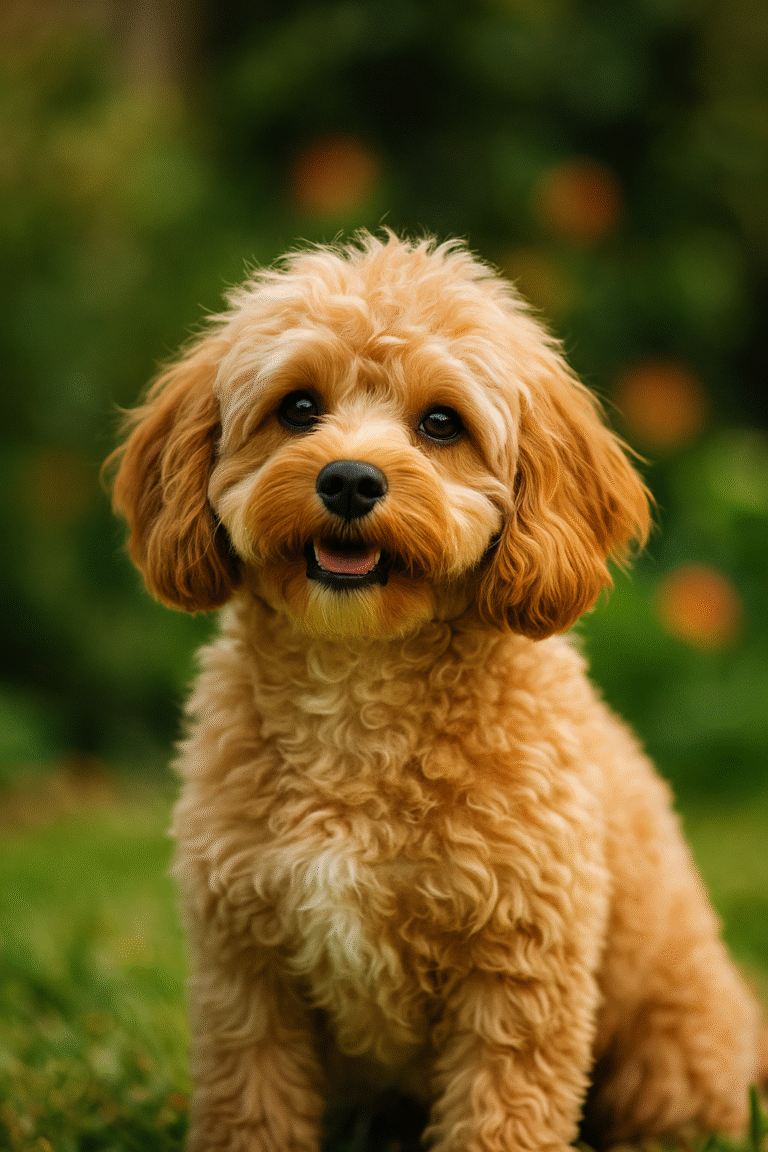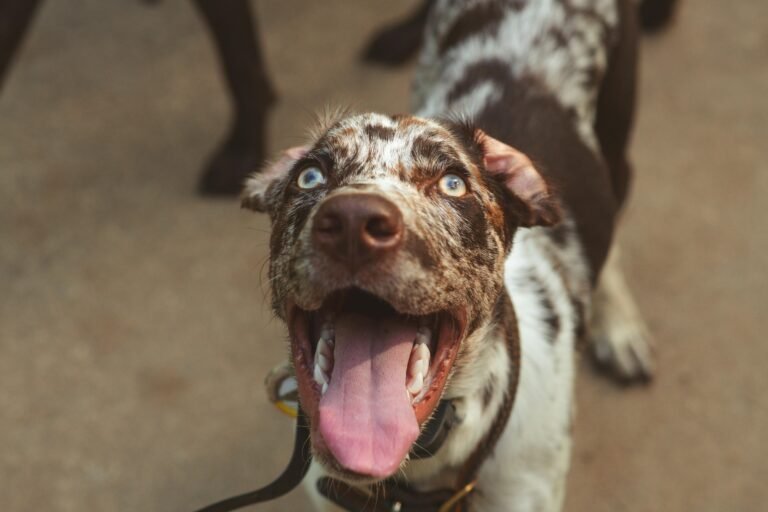Introduction
Large, intelligent, and deeply devoted, the Hovawart is one of Germany’s hidden gems in the dog world. Often overshadowed by the more famous German Shepherd, this breed has a long history as a farm guardian and loyal family protector. Its name literally means “estate guardian,” reflecting centuries of work guarding homesteads, flocks, and families. While still relatively rare outside of Europe, the Hovawart is steadily gaining recognition among those seeking a balanced mix of working ability, companionship, and family loyalty. In this article, we’ll explore the Hovawart’s origins, temperament, care needs, and what makes it such a special breed.
Breed Origins
The Hovawart dates back to medieval Germany, where they were bred to protect farms, castles, and estates. References to the breed appear as early as the 13th century. Unlike specialized hunting or herding dogs, the Hovawart was a multipurpose guardian, capable of defending livestock, deterring intruders, and serving as a family protector. By the early 20th century, however, the breed faced near extinction. German dog enthusiasts revived it by crossing the few remaining Hovawarts with breeds like the German Shepherd, Leonberger, and Newfoundland, restoring the breed to working prominence. Today, the Hovawart is recognized by the FCI (Fédération Cynologique Internationale) and remains a respected working and companion dog in Europe.
Appearance
The Hovawart is a powerful, medium-to-large working dog. Males stand 24–28 inches tall and weigh 65–90 pounds, while females are slightly smaller. Their long, slightly wavy coats come in three recognized colors: black, blond, and black-and-gold. With strong, muscular frames, expressive eyes, and flowing tails, they exude both strength and elegance. Despite their imposing size, their movement is fluid and graceful, built for endurance rather than sheer speed.
Temperament and Personality
What makes the Hovawart so appealing is its unique blend of working drive and family devotion. Key traits include:
- Loyal and Protective: True to their guardian roots, Hovawarts are natural watchdogs who will defend their families without being unnecessarily aggressive.
- Affectionate with Family: They bond closely with their owners and enjoy being part of family activities, often acting as gentle companions with children.
- Independent Thinkers: They are intelligent but not blindly obedient; training requires patience and consistency.
- Balanced Energy: Active enough for outdoor adventures but calm indoors when properly exercised.
Exercise and Activity Needs
The Hovawart thrives in active homes. While not as hyper as some working breeds, they require consistent physical and mental stimulation:
- At least 60–90 minutes of daily exercise, including brisk walks, hikes, or play sessions.
- Activities like tracking, obedience, or search-and-rescue work to keep their intelligent minds engaged.
- Secure fenced yards for off-leash play, as their guarding instincts may cause them to patrol and wander.
They excel in canine sports like agility, nose work, and even water rescue, making them versatile companions for active families.
Training and Intelligence
The Hovawart is highly intelligent but has an independent streak. Unlike breeds that thrive on repetitive obedience drills, the Hovawart prefers varied, engaging tasks. Training tips include:
- Start socialization early to prevent over-guarding tendencies.
- Use positive reinforcement — harsh corrections can damage their trust.
- Involve them in real “jobs,” whether that’s guarding, agility, or advanced obedience, to give them purpose.
With the right guidance, they are reliable, confident, and well-mannered companions.
Grooming and Maintenance
Despite their long coats, Hovawarts are relatively low-maintenance compared to other large breeds:
- Brush weekly to prevent mats and reduce shedding.
- Seasonal shedding is heavier, so increase grooming in spring and fall.
- Regular checks of ears, teeth, and nails help maintain overall health.
Their coats are naturally dirt-resistant, meaning they don’t require frequent baths unless especially muddy.
Health Considerations
The Hovawart is generally a robust and healthy breed with a lifespan of 10–14 years. Still, some health issues to be aware of include:
- Hip dysplasia (common in larger breeds)
- Hypothyroidism
- Eye conditions such as cataracts
Reputable breeders conduct health screenings to minimize risks, so prospective owners should always verify certifications.
Family Compatibility
Hovawarts are excellent family dogs when raised in the right environment. They are affectionate with children, protective of their household, and often gentle despite their size. Their strong guarding instincts mean they are cautious with strangers, but with proper socialization, they adapt well. They do best in homes where they are included in daily activities, rather than left alone for long hours.
Who Should Consider a Hovawart?
The Hovawart is ideal for owners who:
- Want a loyal family guardian with natural protective instincts.
- Enjoy outdoor activities and can provide daily exercise.
- Have the time and patience for consistent, positive training.
- Live in homes with space — they are not well-suited to small apartments.
Conclusion
The Hovawart may not have the global fame of the German Shepherd, but those who know the breed cherish its loyalty, intelligence, and gentle yet protective nature. With proper training, exercise, and love, the Hovawart is an exceptional companion and guardian. For families looking for a versatile working dog with a strong sense of devotion, the Hovawart is a breed well worth discovering.






